Lamb’s Conduit Street
A simple street nothing more, but such a delightful one. It doesn’t have the raucous identity of Carnaby, the grandiosity of Sicilian Avenue, nor the true calm of a good London Mew, but this partly pedestrianised street in lovely Bloomsbury is one with a long history and such wonderfully cohesive local life. The highlight is the excellent Noble Rot wine bar, quite possibly Bloomsbury’s finest resident, and right across the street is La Fromagerie, one of its best cheese restaurants.
There are also two Victorian pubs, The Lamb, where Dickens used to drink, and the striking Perseverance. And there is a surprisingly large collection of independent stores too, including the Persephone book store and publisher, whose noble mission is to find and publish hidden stories written by previously neglected female British writers.
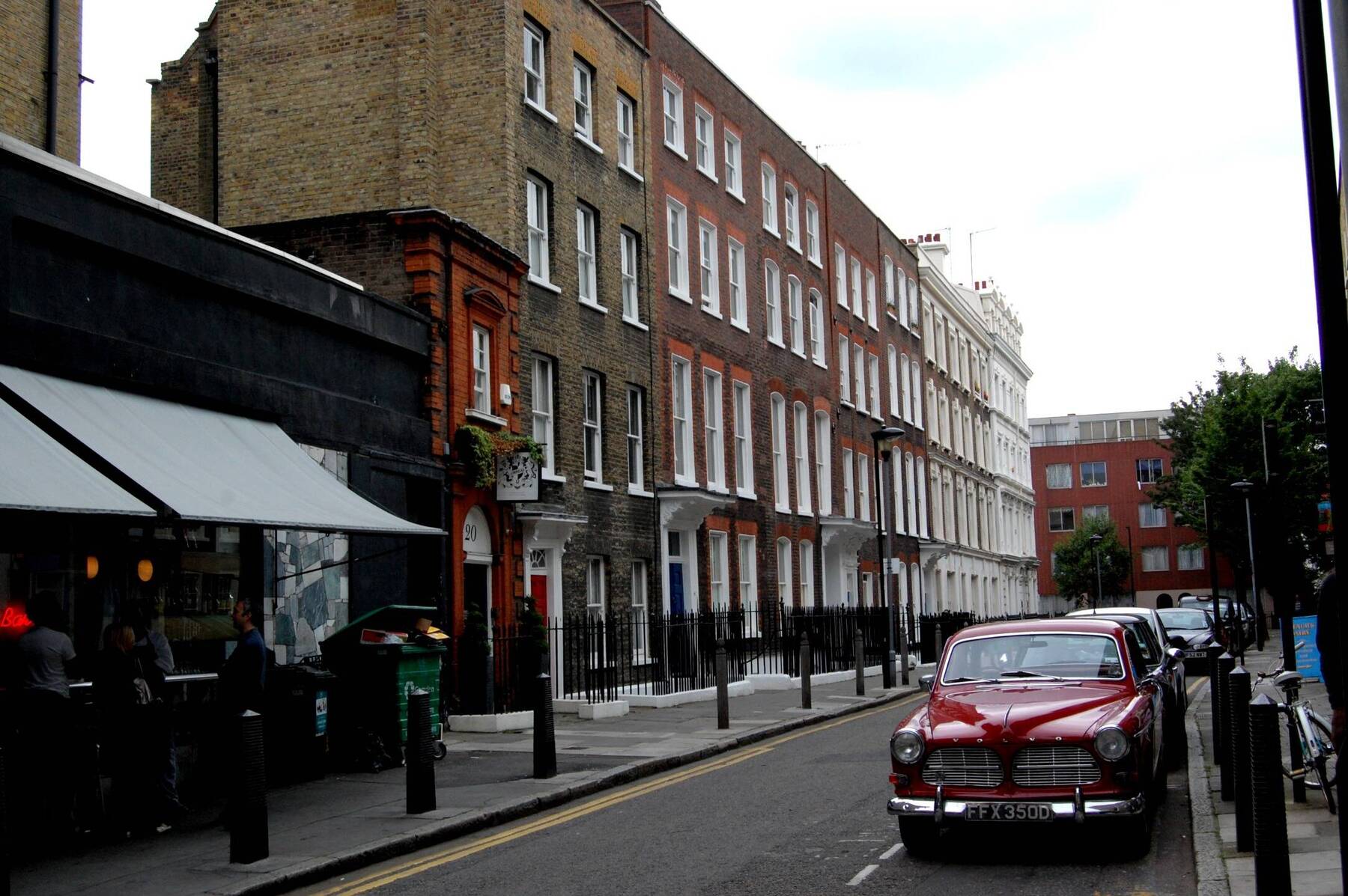
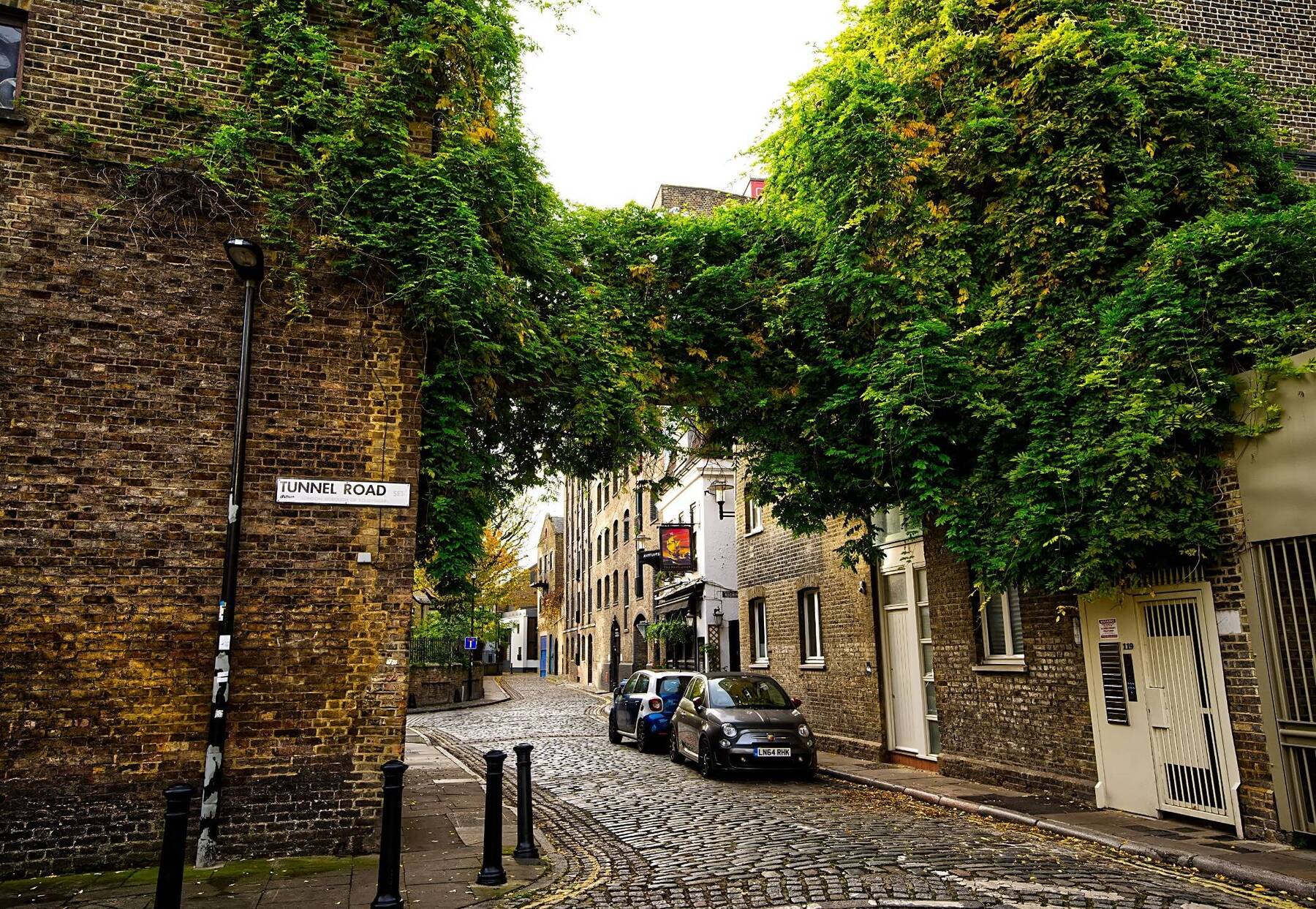
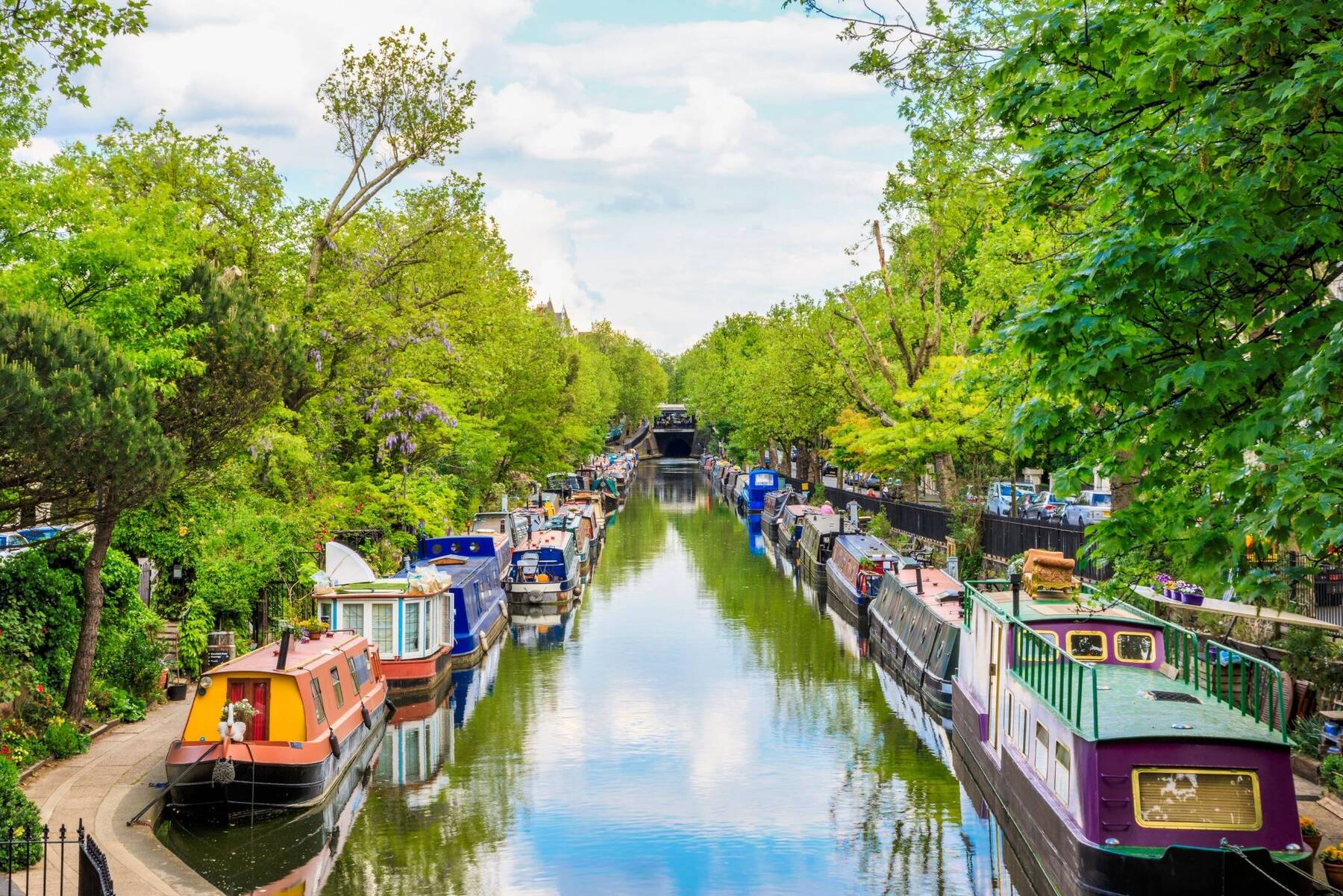
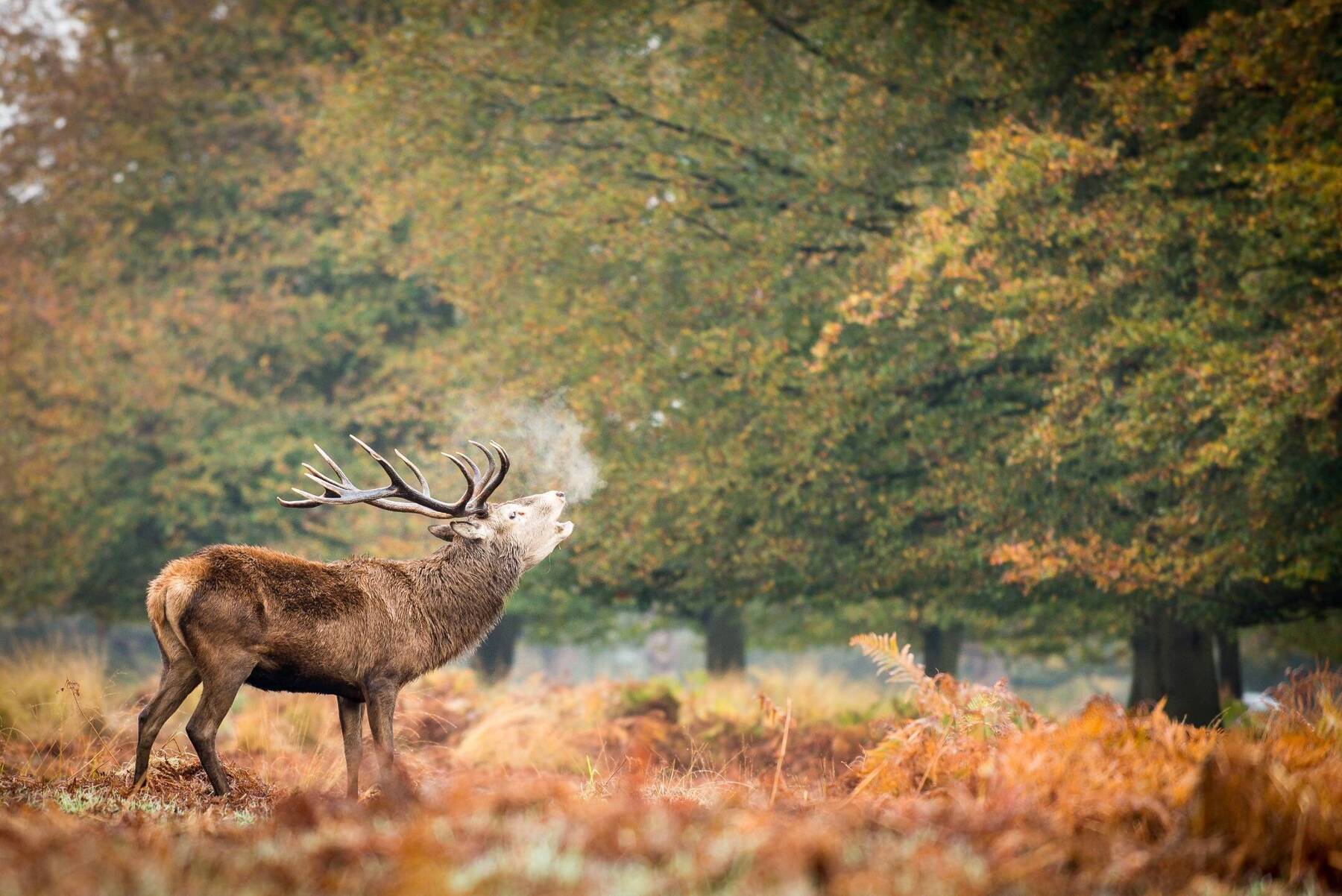
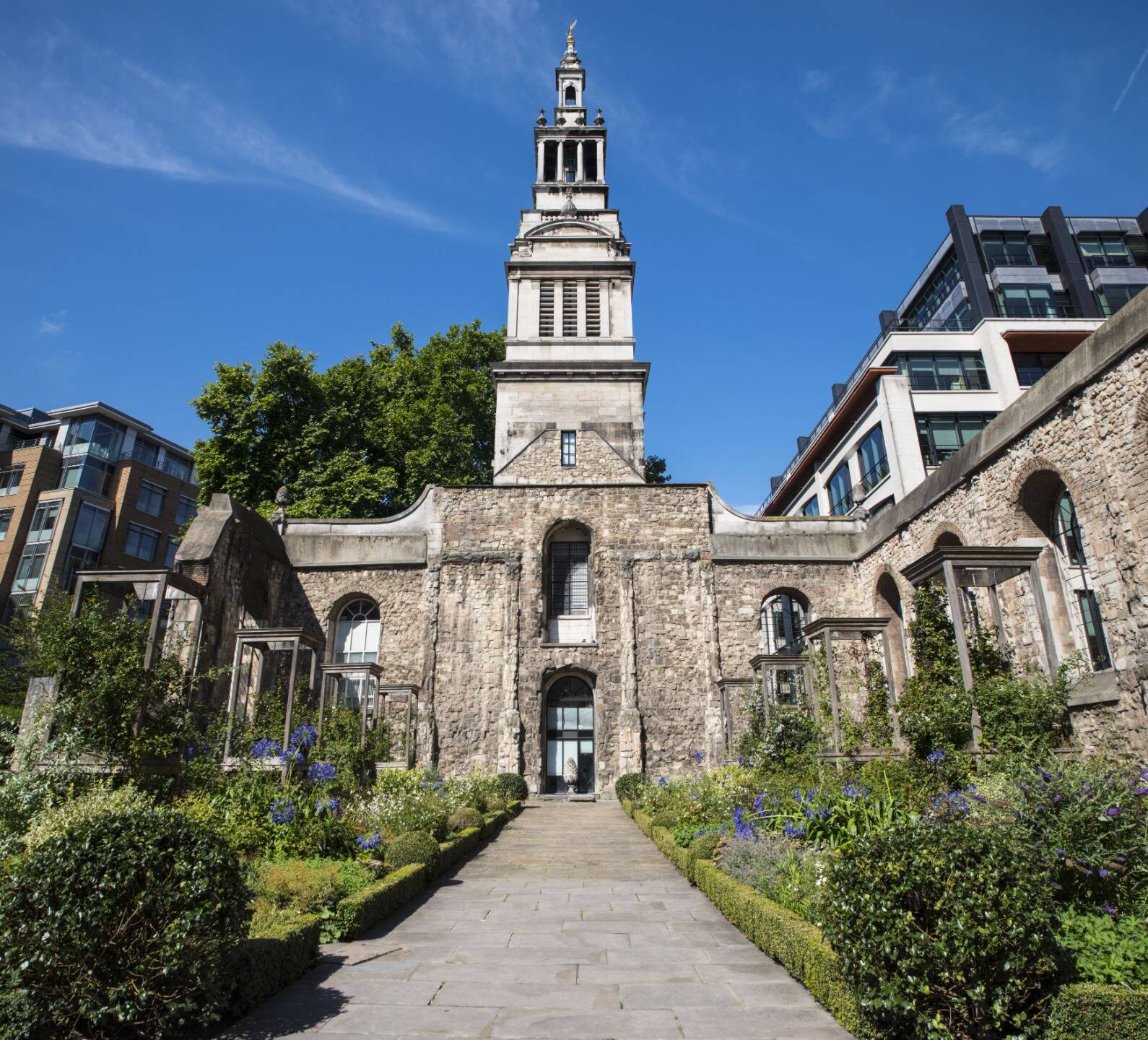
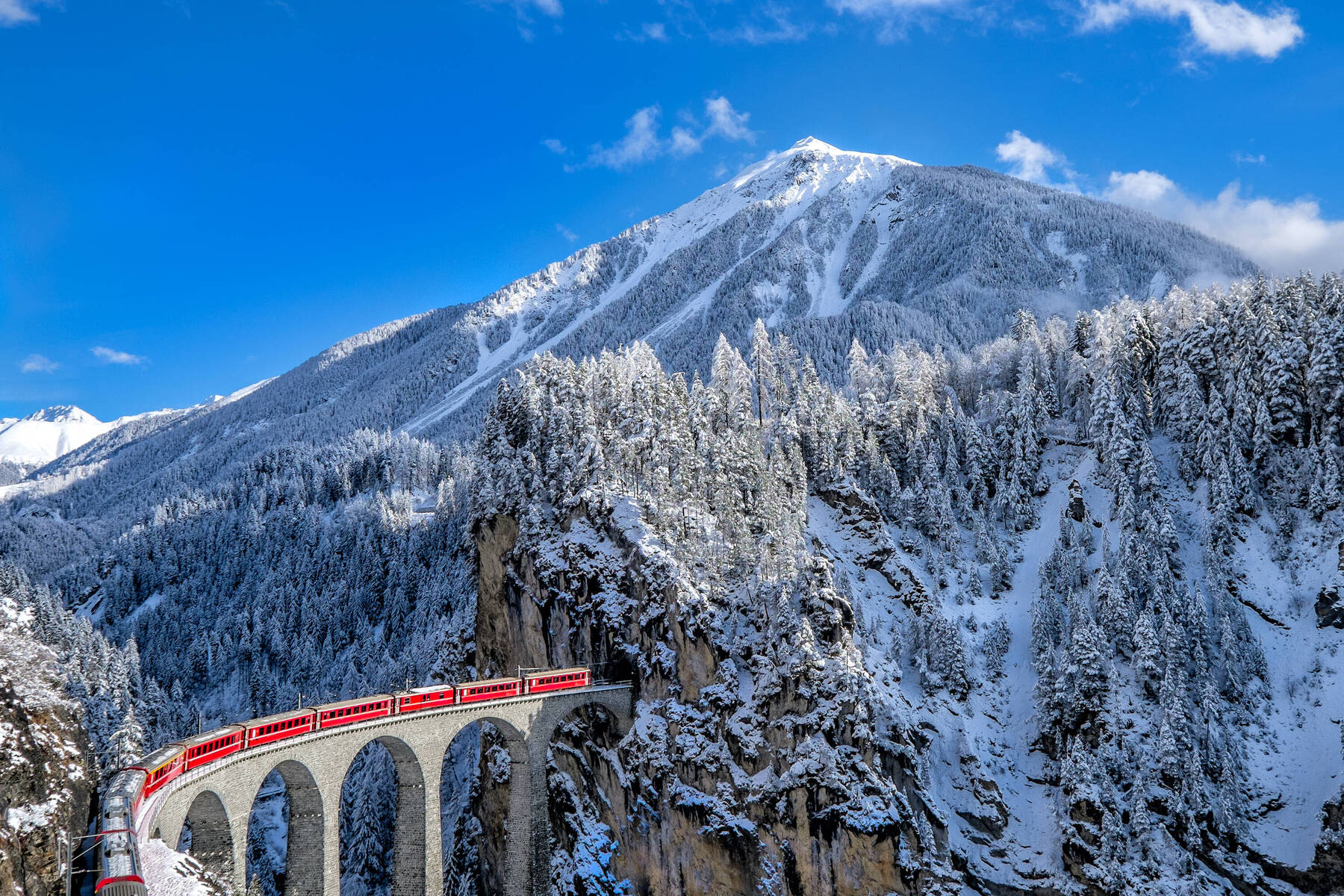
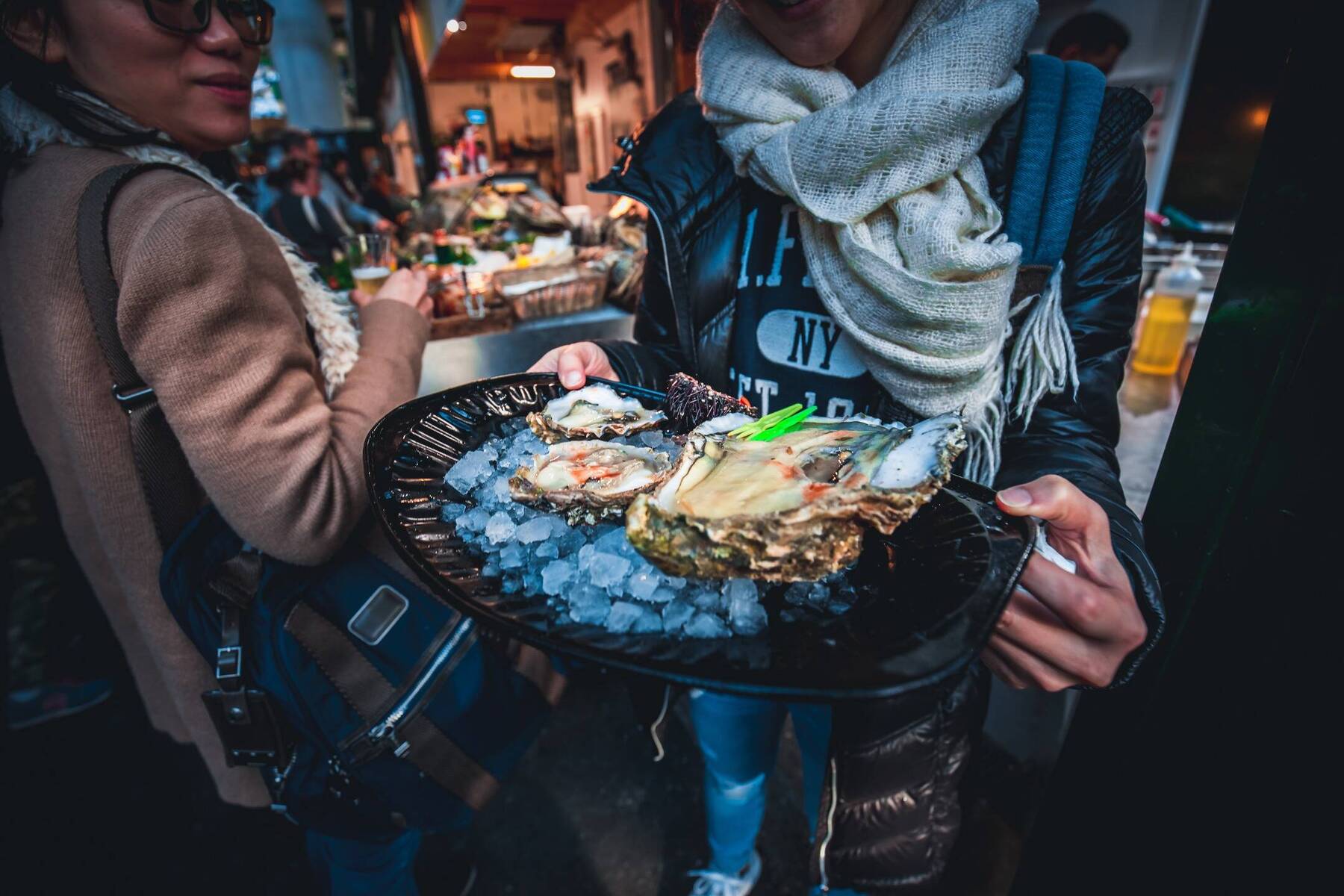
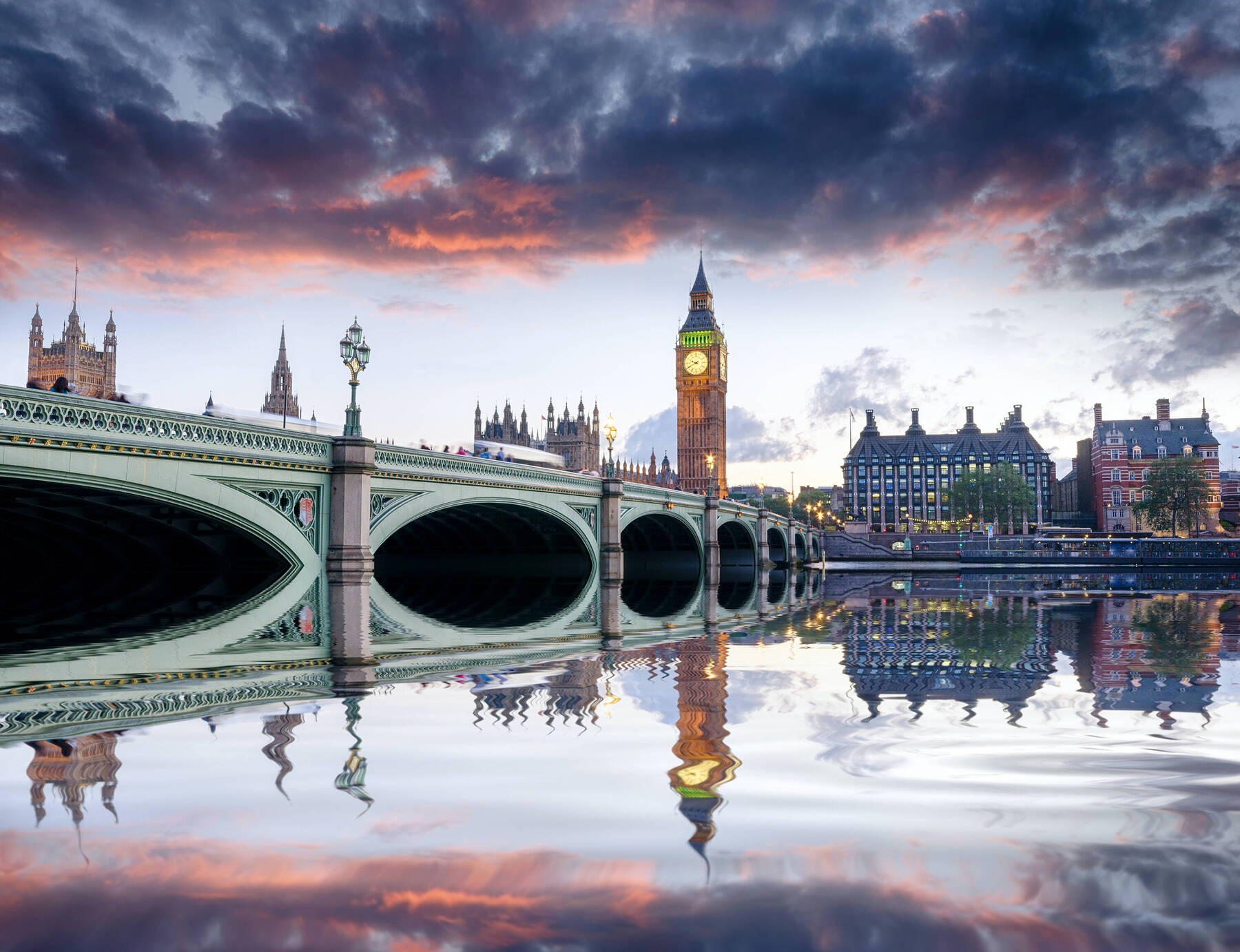













Comments